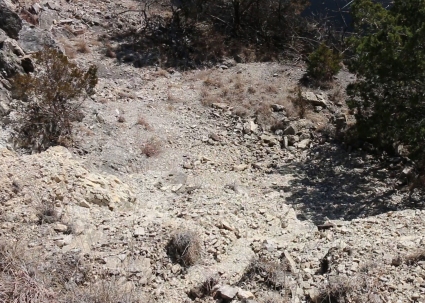By David Brown
Note: This blog will record various activities related to the development of a new geology field trip, which is to coincide with a Fall 2016 workshop on the Simpson Group in Oklahoma. The Simpson Group is a 400+ million-year-old sequence of rock formations that represents a period of important sedimentary deposition across the state. Initial steps will be to investigate potential rock outcroppings at different locations and determine if they can be used as real-world examples for educating professionals about this particular portion of Oklahoma’s geologic history. This work began a few of weeks ago as my colleagues and I traveled to several locations using maps from previous studies as our guide. During the course of this effort, we will be going into the field to take samples, photograph, and describe the rocks, and the results will be organized, written, and ultimately published as a corresponding field trip guidebook.
Thursday, 2/11/2016
Site location investigation:
I had another good day in the field today. The weather was near perfect! I’m always struck by how quiet it can be when visiting remote outcrops. I call today’s site remote, but it’s really only a few miles south of Sulphur, OK. Located on private property, this open expanse of exposed rock was once an active asphalt quarry. Now, it sits quietly with only a couple of turkey buzzards soaring overhead and a few cows grazing nearby.

This is the Oil Creek sandstone. It is a part of a prominent formation within the Simpson Group that has produced a lot of oil and gas across Oklahoma. What makes this particular outcrop unique is the fact that it was an oil reservoir millions of years ago. Oil originally flowed through these rocks and possibly became trapped, only to be lost through subsequent processes later on. Left behind was an asphalt residue (dark color), which smells like a refinery when individual rocks are broken apart with a hammer.

I took time today to meet the landowner. He was extremely nice and I appreciate him letting us on his property to do our investigations. I think it is important to have a good relationship with the landowners. After all, it is their land, and I wouldn’t want to enter a site without their knowledge. This particular gentleman shared the history of how the land was mined and how others have shown an interest in seeing the geology here.
Meeting friendly people across the state makes field work even more enjoyable.

